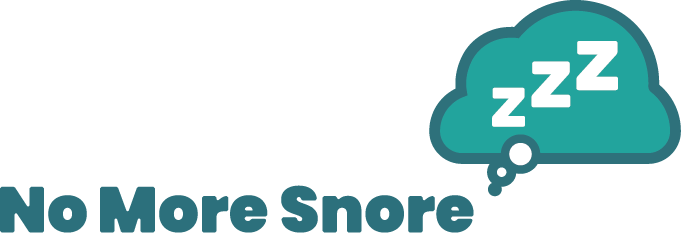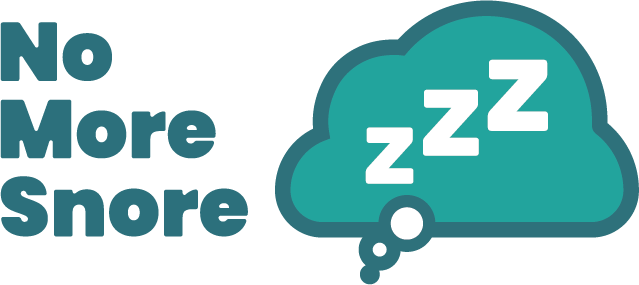Sleep apnea is a common sleep disorder that affects millions of people worldwide. It is characterized by repeated pauses in breathing during sleep, leading to disrupted sleep patterns and various health complications. To fully comprehend the impact of sleep apnea, it is essential to explore its stages, from recognition and diagnosis to management and treatment. This blog will guide you through the journey of sleep apnea, shedding light on its stages and providing valuable insights into each phase.
Level 1: Mild Sleep Apnea:
Mild sleep apnea refers to a condition where the individual experiences a moderate number of breathing disruptions during sleep. According to the Apnea-Hypopnea Index (AHI), which measures the severity of sleep apnea, mild sleep apnea is classified as an AHI score between 5 and 15 events per hour. Individuals with mild sleep apnea may exhibit snoring, infrequent breathing pauses, and mild daytime symptoms such as fatigue and reduced concentration.
Level 2: Moderate Sleep Apnea:
Moderate sleep apnea is characterized by a higher number of breathing disruptions compared to mild sleep apnea. The AHI score for moderate sleep apnea falls between 15 and 30 events per hour. Individuals at this level may experience more pronounced symptoms, including loud snoring, frequent breathing pauses, and significant daytime fatigue. Sleep disturbances may also impact the quality of life and overall productivity of individuals with moderate sleep apnea.
Level 3: Severe Sleep Apnea:
Severe sleep apnea represents the highest level of severity on the sleep apnea spectrum. Individuals in this category experience a significant number of breathing disruptions during sleep. The AHI score for severe sleep apnea exceeds 30 events per hour. Symptoms of severe sleep apnea often include loud and disruptive snoring, frequent and prolonged breathing pauses, excessive daytime sleepiness, morning headaches, and difficulty concentrating. The impact on daily functioning and overall health is more pronounced at this level.
Implications and Health Risks:
Sleep apnea, regardless of the level of severity, can have significant implications for overall health and well-being if left untreated. It is associated with an increased risk of cardiovascular diseases, hypertension, stroke, diabetes, and cognitive impairments. Recognizing the severity of sleep apnea is crucial in addressing potential health risks and implementing appropriate treatment strategies.
Diagnosing Different Levels of Sleep Apnea
Diagnostic Considerations:
Determining the level of sleep apnea requires a comprehensive evaluation by a sleep specialist.
While the fundamental diagnostic procedures are similar across different levels of sleep apnea, there are differences in the severity criteria and specific measurements used. Let’s explore the distinctions in diagnosing each level:
Mild Sleep Apnea:
To diagnose mild sleep apnea, healthcare professionals typically rely on overnight sleep studies, such as polysomnography (PSG). During PSG, various parameters are monitored, including respiratory airflow, oxygen saturation levels, brain activity, and muscle tone. The Apnea-Hypopnea Index (AHI) is used to quantify the severity of sleep apnea. In the case of mild sleep apnea, the AHI score falls between 5 and 15 events per hour. AHI refers to the number of apneas (complete breathing pauses) and hypopneas (partial breathing reductions) per hour of sleep. Other symptoms, such as snoring and daytime fatigue, are also taken into account.
Moderate Sleep Apnea:
The diagnostic process for moderate sleep apnea is similar to that of mild sleep apnea. It involves overnight sleep studies and the calculation of the AHI score. In this case, the AHI score ranges between 15 and 30 events per hour. Along with the AHI, the presence and severity of symptoms, such as snoring, daytime sleepiness, and cognitive impairments, help in confirming the diagnosis and assessing the impact on daily functioning.
Severe Sleep Apnea:
Diagnosing severe sleep apnea follows a similar protocol as mild and moderate sleep apnea. Overnight sleep studies and the AHI score are crucial components of the diagnostic process. However, in the case of severe sleep apnea, the AHI score exceeds 30 events per hour. Individuals with severe sleep apnea often exhibit more pronounced symptoms, such as loud and disruptive snoring, frequent and prolonged breathing pauses, and excessive daytime sleepiness. These symptoms, along with the AHI score, help in confirming the diagnosis and evaluating the potential health risks associated with severe sleep apnea.
It is important to note that the diagnosis of sleep apnea, regardless of the level, is typically conducted by sleep specialists. They carefully analyze the data obtained from sleep studies, assess symptom severity, and consider individual health factors to provide an accurate diagnosis and determine the appropriate level of sleep apnea.
The diagnosis of sleep apnea involves overnight sleep studies and the calculation of the Apnea-Hypopnea Index (AHI) to determine the severity of the condition. Mild sleep apnea is characterized by an AHI score between 5 and 15, while moderate sleep apnea falls within the range of 15 to 30. Severe sleep apnea is diagnosed when the AHI score exceeds 30. Additionally, symptom assessment plays a significant role in confirming the diagnosis and evaluating the impact on daily functioning. By conducting comprehensive diagnostic evaluations, healthcare professionals can accurately diagnose the level of sleep apnea and design appropriate treatment plans for individuals affected by this sleep disorder.
Understanding the levels of sleep apnea is essential in assessing the severity of the condition and designing effective treatment plans. Whether mild, moderate, or severe, sleep apnea can significantly impact an individual’s well-being and overall health. By recognizing the symptoms, seeking appropriate diagnosis, and accessing the right treatment options, individuals can take proactive steps towards managing sleep apnea and improving their quality of life. Remember, early intervention and ongoing monitoring are key to addressing sleep apnea at any level and achieving restful, rejuvenating sleep.

